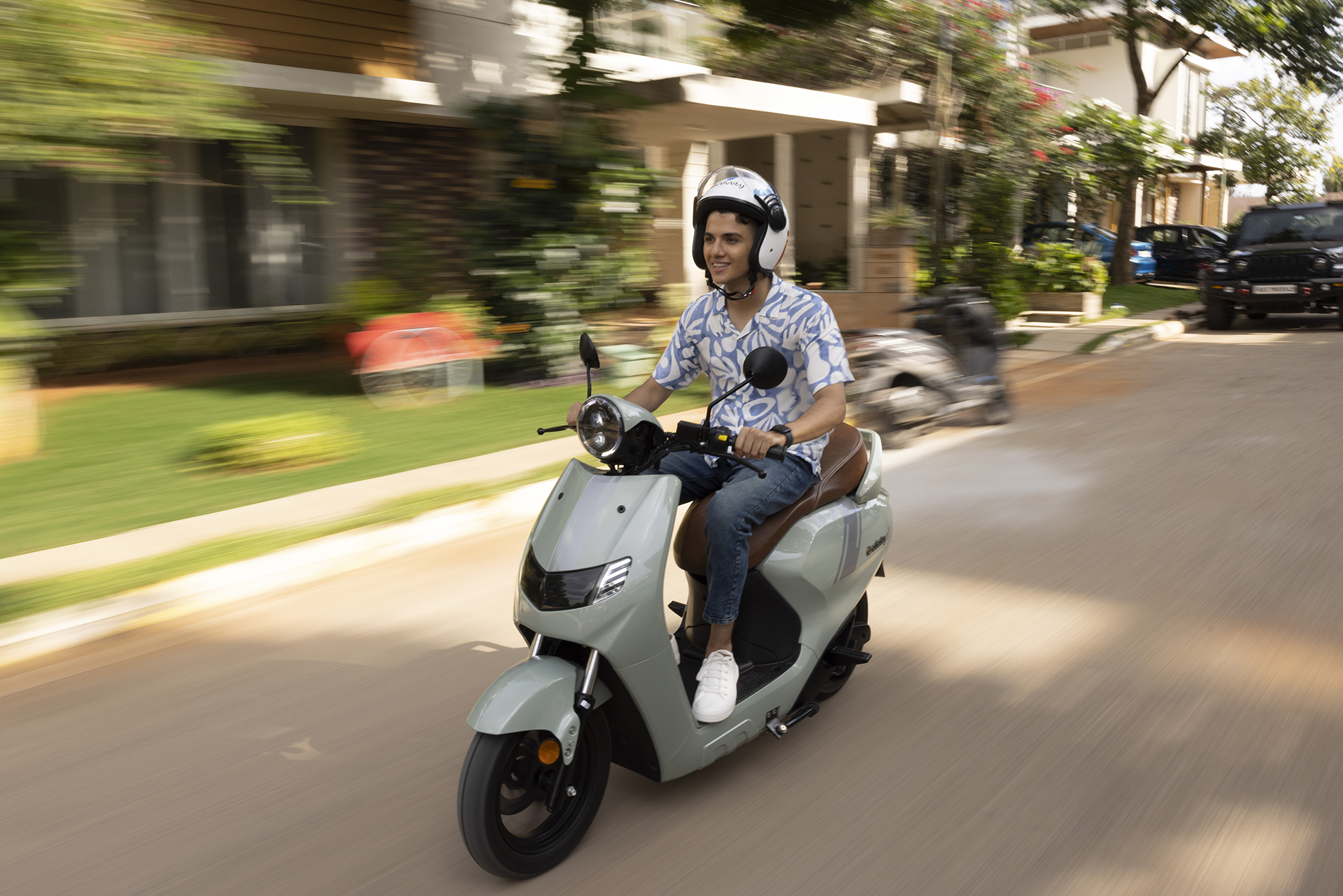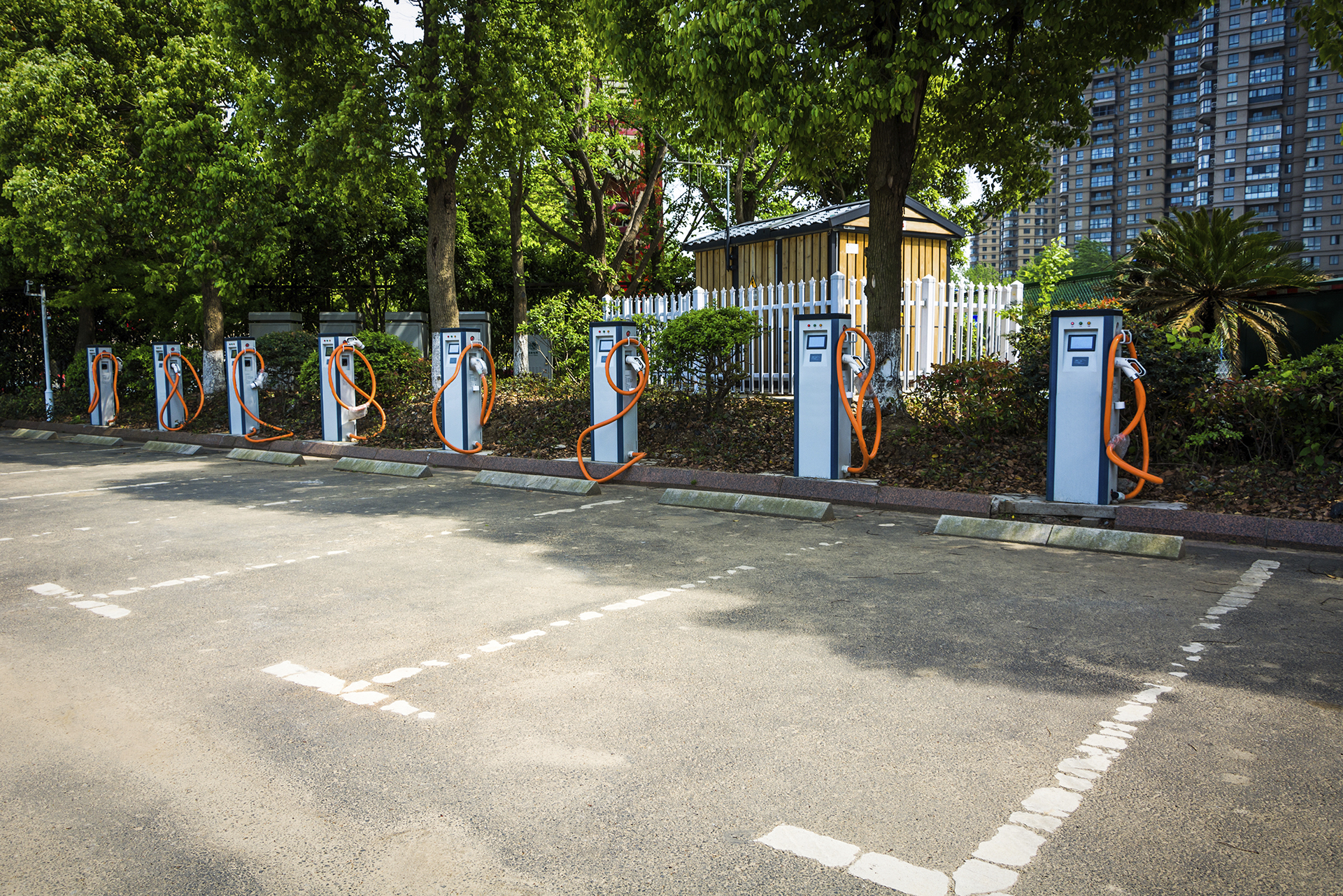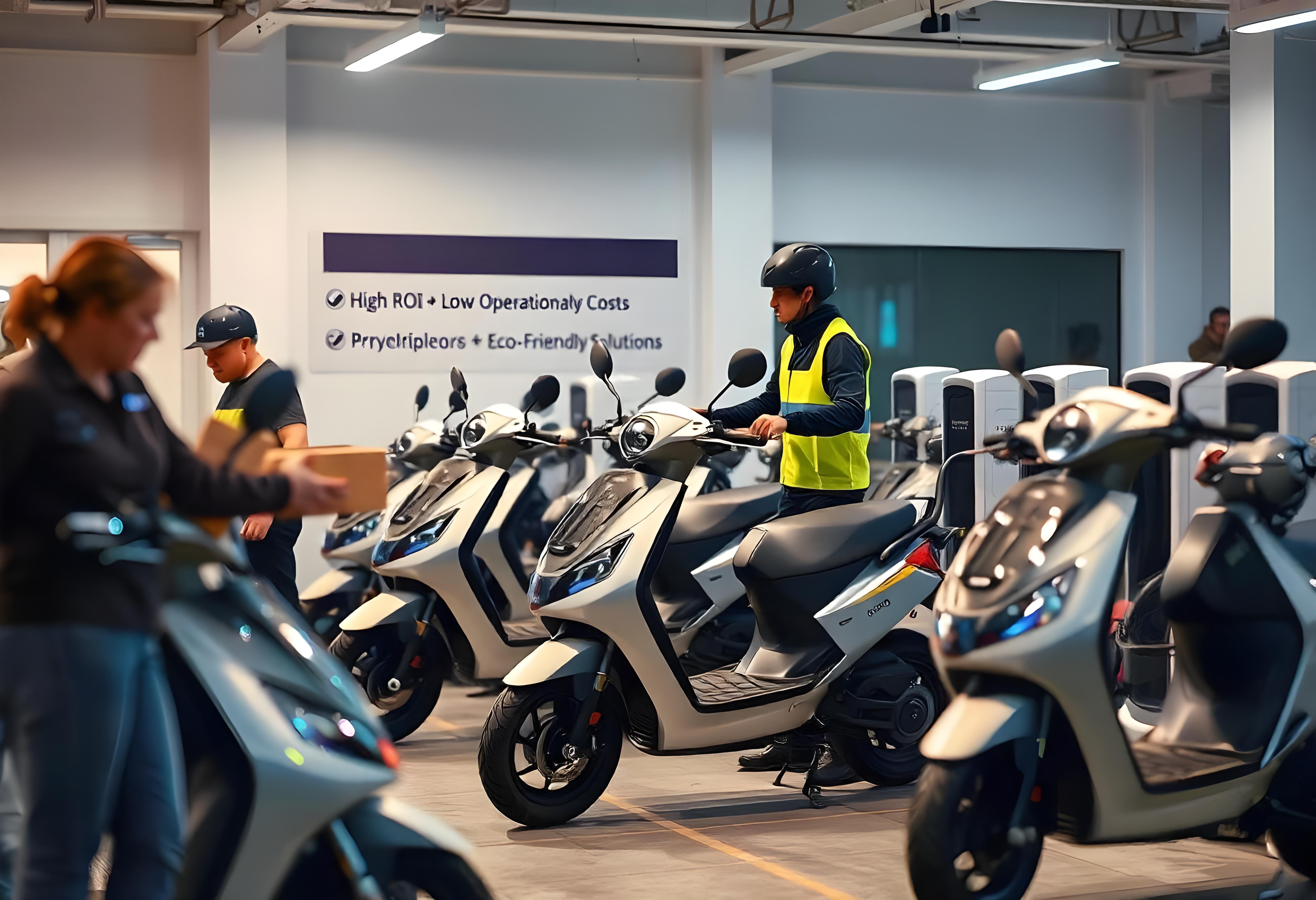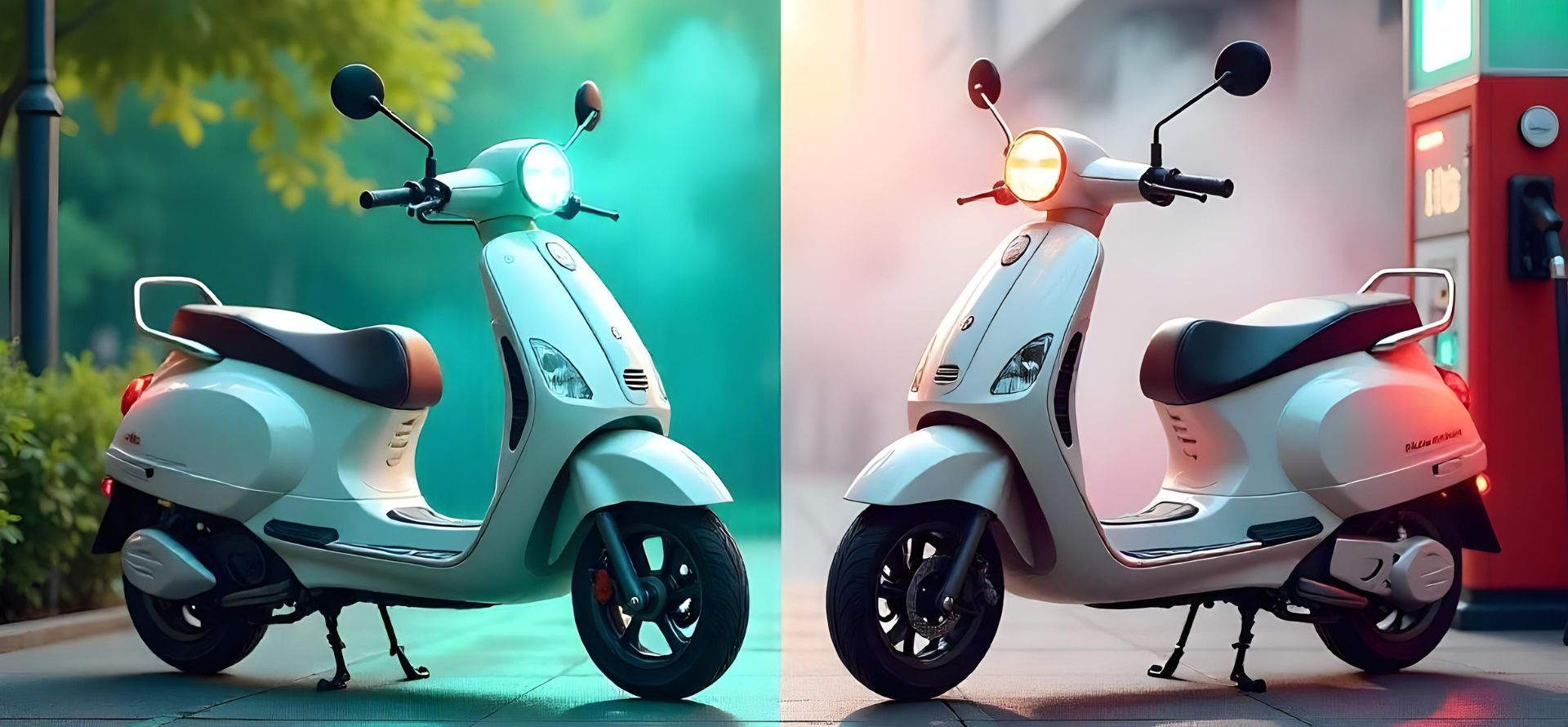Riding the Wave: The Electric Two-Wheelers Revolution in India

In recent years, India has witnessed a decisive shift in the transportation sector with the emergence of electric two-wheelers. This revolution is not only changing the way people commute but also contributing significantly to the country’s efforts towards sustainable and eco-friendly transportation. Let’s delve into the key aspects of the electric two-wheelers revolution.
The Rise of Electric Two-Wheelers
The Indian market has traditionally been dominated by conventional petrol-powered scooters and motorcycles. However, the surge in environmental awareness, coupled with government incentives and technological advancements, has paved the way for electric two-wheelers to gain awareness. Brands like Ather, Ola, and TVS are at the forefront of this revolution, offering a diverse range of electric two-wheelers catering to
different consumer needs.
Affordability and Government Incentives
One of the driving factors behind the popularity of electric two-wheelers in India is their increasing affordability. The initial cost of purchasing an electric scooter may be higher than that of a traditional one, but the lower operational and maintenance costs make them a cost-effective choice in the long run.
Additionally, the Indian government has been proactive in promoting electric vehicles (EVs) through various incentives, including subsidies, tax benefits, and reduced registration fees, making the transition more appealing to consumers.
Charging Infrastructure
A vital component of rise in sales of electric two-wheelers is the development of charging infrastructure. Recognizing the need to address the range anxiety concerns of consumers, the government and private entities are working collaboratively to establish an extensive charging network across the country. This infrastructure includes home charging solutions, public charging stations, and battery-swapping stations, making it more convenient for users to adopt electric two-wheelers as their primary mode of transportation.
Environmental Impact
India, known for its dense urban centres and growing pollution concerns, is actively seeking sustainable alternatives to reduce its carbon footprint. Electric two-wheelers play a pivotal role in this mission by producing zero tailpipe emissions. As the adoption of these vehicles increases, it contributes significantly to reducing air pollution and improving the overall air quality in urban areas. The shift to electric mobility aligns with India’s commitment to the global effort in combating climate change.
Challenges and Future Outlook
While the electric two-wheelers revolution in India is gaining momentum, challenges persist. Limited awareness, concerns about the lifespan of batteries, and the need for more robust policies are hurdles that need to be addressed. However, the trajectory is optimistic, and the industry is evolving rapidly. As technology advances and consumer awareness grows, the electric two-wheeler market is expected to witness substantial growth in the coming years.
Conclusion
The electric two-wheelers revolution in India marks a significant stride towards sustainable and cleaner transportation. With the government’s support, evolving technology, and a growing awareness of environmental issues, electric scooters and motorcycles are becoming an integral part of the country's mobility landscape. As more players enter the market and infrastructure improves, the electric two-wheelers revolution is poised to reshape
the way Indians commute, contributing to a greener and more sustainable future.





